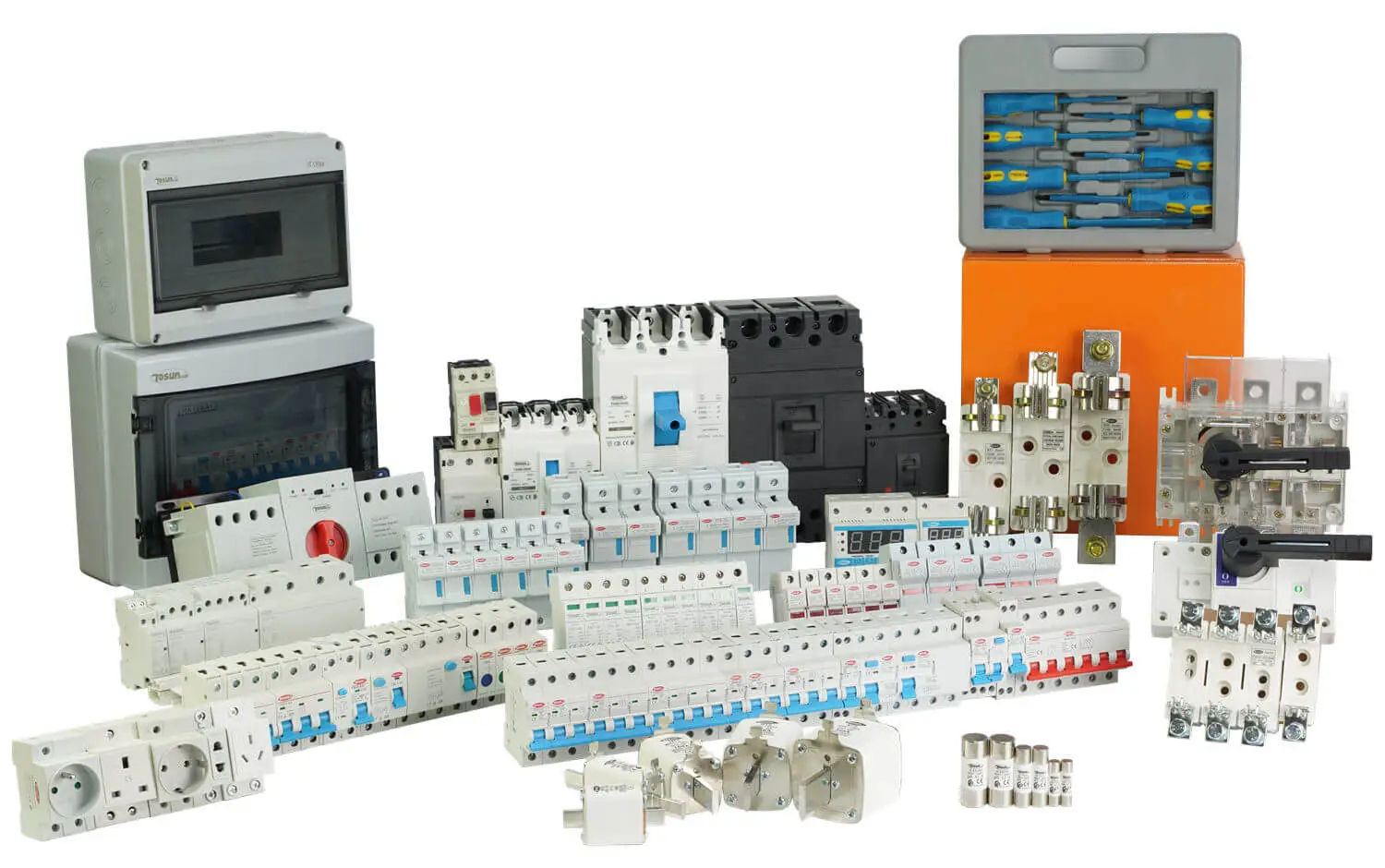Relay Lifespan: How Daily Operations and Maintenance Affect Longevity
15th May 2025
The lifespan of a relay directly depends on how it’s operated and maintained. Consistent use under harsh conditions can shorten its life, while proper setup and timely maintenance can significantly extend it. Whether you’re dealing with complex industrial machinery or simple power switching, understanding how relays function and how to take care of them is crucial. In this article, we’ll walk through the factors that influence relay lifespan, how different relay applications affect performance, and what you can do to get the most out of your investment. Relay Explained: What is a Relay and Why Does it Matter? Before diving into performance and longevity, it’s important to understand the basics. In simple terms, a relay is an electrically operated switch used to control a circuit by opening or closing contacts in response to an electric signal. It allows low-power control over high-power devices, making it an essential component in modern electrical systems. Relays come in different types depending on their application: electromechanical, solid-state, time-delay, and more. Each type serves a different purpose, which is why choosing the right one—and understanding how it operates—matters for overall system efficiency and safety. Hero Product Highlight Three Phase Voltage Relay TRV8 TRV8 3-phase voltage monitoring relay for phase failure & unbalance protection. Trusted by distributors for industrial control systems.wholesale available. View Product What Affects Relay Lifespan? The average relay doesn’t just fail randomly—it wears down based on very specific factors. Here’s what typically influences how long a relay lasts: 1. Contact Load The heavier the load on the relay […]
Read More : +86-139 0587 7291
: +86-139 0587 7291 English
English Español
Español Русский
Русский Français
Français العربية
العربية Português do Brasil
Português do Brasil Українська
Українська Türkçe
Türkçe Polski
Polski Nederlands
Nederlands Italiano
Italiano Bahasa Indonesia
Bahasa Indonesia हिन्दी
हिन्दी اردو
اردو አማርኛ
አማርኛ Հայերեն
Հայերեն ไทย
ไทย Монгол
Монгол فارسی
فارسی Shqip
Shqip Ελληνικά
Ελληνικά









